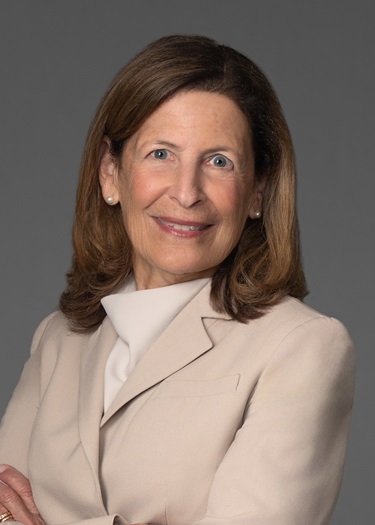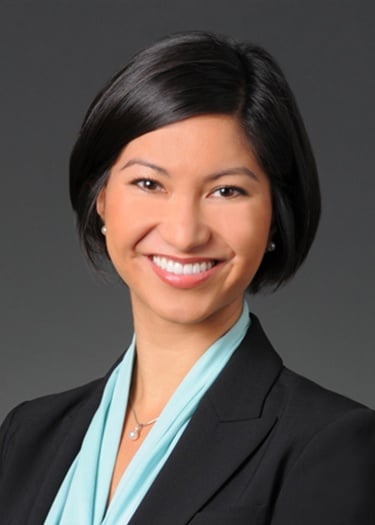Labor and Employment Update
California Governor Extends COVID-19 Paid Sick Leave Protections
Expanded Paid Sick Leave Requirements
AB 1867 expands paid sick leave protections to workers employed by private businesses with 500 or more employees nationwide as well as to certain healthcare providers and emergency responders for specified reasons related to COVID-19. It is aimed, in part, at filling the gap left by the FFCRA, which applies only to employers with fewer than 500 employees. In addition, the legislation places additional mandates on California businesses covered by the FFCRA. Specifically, under AB 1867, businesses that have elected to exclude healthcare providers or emergency responders from emergency paid sick leave using the statutory exclusion in the FFCRA are now required to provide paid sick leave under AB 1867.1 The law becomes effective no later than September 19, 2020, and extends through the later of December 31, 2020 or upon the expiration of any federal extension of the Emergency Paid Sick Leave Act established by the federal FFCRA.
Under AB 1867, a hiring entity is required to provide COVID-19 supplemental paid sick leave to each covered worker who is unable to work if
- the covered worker is subject to a federal, state, or local quarantine or isolation order related to COVID-19;
- the covered worker is advised by a healthcare provider to self-quarantine or self-isolate due to concerns related to COVID-19; or
- the covered worker is prohibited from working by the hiring entity due to health concerns related to the potential transmission of COVID-19.2
Importantly, “hiring entity” includes “any kind of private entity whatsoever,” including any kind of business enterprise that has 500 or more employees in the United States (which would not be covered by the FFCRA). A “hiring entity” is further defined to include an entity, including a public entity, that employs healthcare providers or emergency responders and that had elected to exclude such employees from emergency paid sick leave under the federal FFCRA. A “covered worker" includes (1) any person employed by any kind of private entity, including any business enterprise that has more than 500 employees in the United States, and (2) any person employed as a healthcare provider or emergency responder by a hiring entity that has elected to exclude such employees from emergency paid sick leave under the federal FFCRA. Additionally, to be a “covered worker,” an individual must leave his or her home or other place of residence to perform work for the hiring entity. In other words, the bill does not cover employees who are exclusively teleworking.
Amount and Rate of Supplemental Paid Sick Leave
Covered workers are entitled to 80 hours of COVID-19 supplemental paid sick leave if the hiring entity considers the employee to work “full time” or if the employee worked or was scheduled to work at least 40 hours per week for the two weeks preceding the date the covered worker took COVID-19 supplemental sick leave. Otherwise, covered workers are entitled to the total number of hours they would normally be scheduled to work for the hiring entity over two weeks. Additional methods of calculation are provided in the bill for covered workers who work a variable number of hours. The total number of hours of COVID-19 supplemental paid sick leave is in addition to any paid sick leave that may be available to a covered worker under Section 246 of the California Labor Code.
Additionally, each hour of COVID-19 supplemental paid sick leave must be compensated at a rate equal to the highest of (i) the regular rate of pay for the last pay period, (ii) the state minimum wage, or (iii) the local minimum wage to which the covered worker is entitled. However, the total amount of COVID-19 supplemental paid sick leave to a covered worker is not to exceed $511 per day and $5,110 in the aggregate, which mirrors paid sick leave caps included in the FFCRA for the same or substantially similar qualifying reasons. A hiring entity shall not require a covered worker to use other types of leave, paid time off, or vacation time before using or in lieu of COVID-19 supplemental paid sick leave.
Notwithstanding these requirements, if a hiring entity already provides a covered worker with a supplemental benefit, such as supplemental paid leave, that is payable for qualifying reasons related to COVID-19 as set forth in AB 1867 and that would compensate the covered worker in an amount equal to or greater than the amount of compensation for COVID-19 supplemental paid sick leave to which the covered worker is entitled under AB 1867, then the hiring entity may count the hours of the other paid benefit or leave toward the total number of hours of COVID-19 supplemental paid sick leave that the hiring entity is required to provide to the covered worker under the bill. If the hiring entity provided an amount that is less than the amount required under AB 1867, it may still count the hours already provided if it retroactively provides supplemental pay to the covered employee to satisfy the requirements of the bill.
Notice Requirements
The bill incorporates by reference Section 246(i) of California’s Healthy Workplaces, Healthy Families Act of 2014, which requires an employer to provide written notice of the amount of sick leave available for use on an employee’s pay stub or in a separate writing on the designated pay date. Enforcement of this provision begins, at the earliest, on the next full pay period following the date of enactment. The bill also requires the Labor Commissioner to make publicly available a model notice relating to COVID-19 supplemental paid sick leave for covered workers for purposes of posting at the workplace. Notice by electronic means in lieu of posting is acceptable if a hiring entity’s covered workers do not frequent a workplace.
Other Provisions
Several additional provisions are included in AB 1867. In addition to establishing supplemental paid sick leave for covered workers as described above, the bill similarly establishes COVID-19 supplemental paid sick leave for food sector workers. Additionally, the bill requires food employees working in any food facility to be permitted to wash their hands every 30 minutes and additionally as needed. Furthermore, the bill requires the Department of Fair Employment and Housing to create a small employer family leave mediation pilot program for employers with between five and 19 employees to encourage mediation of complaints under the California Family Rights Act.
Enforcement and Penalties
Finally, AB 1867 provides for enforcement by the Labor Commissioner, including investigating an alleged violation, ordering appropriate temporary relief, issuing citations to employers in violation, and filing a civil action. Employees may report suspected violations to the Labor Commissioner.
Given the complex interplay of federal, state, and local paid leave laws, California employers should carefully review their existing paid sick leave policies to ensure that they account for the new requirements under AB 1867. Please contact the Sidley Employment Team with specific questions regarding this new legislation and how it applies to your workplace.
1AB 1867 states that “healthcare provider” and “emergency responder” are defined under the regulations to the federal FFCRA, Section 826.30(c) of Title 29 of the Code of Federal Regulations. The Southern District of New York recently struck down portions of the U.S. Department of Labor’s (DOL) FFCRA regulations, including the definition of “healthcare provider,” which it held was overly broad. New York v. U.S. Dep’t of Labor, No. 20-CV-3020 (JPO), 2020 WL 4462260 (S.D.N.Y. Aug. 3, 2020). Since this decision, the DOL has issued a temporary rule more narrowly redefining “healthcare provider” to include (i) a licensed doctor of medicine, nurse practitioner, or other healthcare provider permitted to issue a certification for purposes of the Family and Medical Leave Act, or (ii) any other person who is employed to provide diagnostic services, preventative services, treatment services, or other services that are integrated with and necessary to the provision of patient care and, if not provided, would adversely affect patient care. The DOL has clarified that a person is not a healthcare provider merely because his or her employer provides healthcare services or because he or she provides a service that affects the provision of healthcare services.
2Qualifying reasons for paid sick leave under AB 1867 are narrower than those set forth in the federal FFCRA. Notably, under the FFCRA (unlike AB 1867), an employee can also qualify for paid sick leave if the employee is caring for an individual subject to a federal, state, or local quarantine or isolation order related to COVID-19 or has been advised to self-quarantine by a healthcare provider for COVID-19-related reasons or if the employee is caring for a child whose school or place of care is closed (or childcare provider is unavailable) for reasons related to COVID-19.
Attorney Advertising—Sidley Austin LLP is a global law firm. Our addresses and contact information can be found at www.sidley.com/en/locations/offices.
Sidley provides this information as a service to clients and other friends for educational purposes only. It should not be construed or relied on as legal advice or to create a lawyer-client relationship. Readers should not act upon this information without seeking advice from professional advisers. Sidley and Sidley Austin refer to Sidley Austin LLP and affiliated partnerships as explained at www.sidley.com/disclaimer.
© Sidley Austin LLP
Contacts
ません Related Resources ません
Capabilities
- Stay Up To DateSubscribe to Sidley Publications
- Follow Sidley on Social MediaSocial Media Directory


